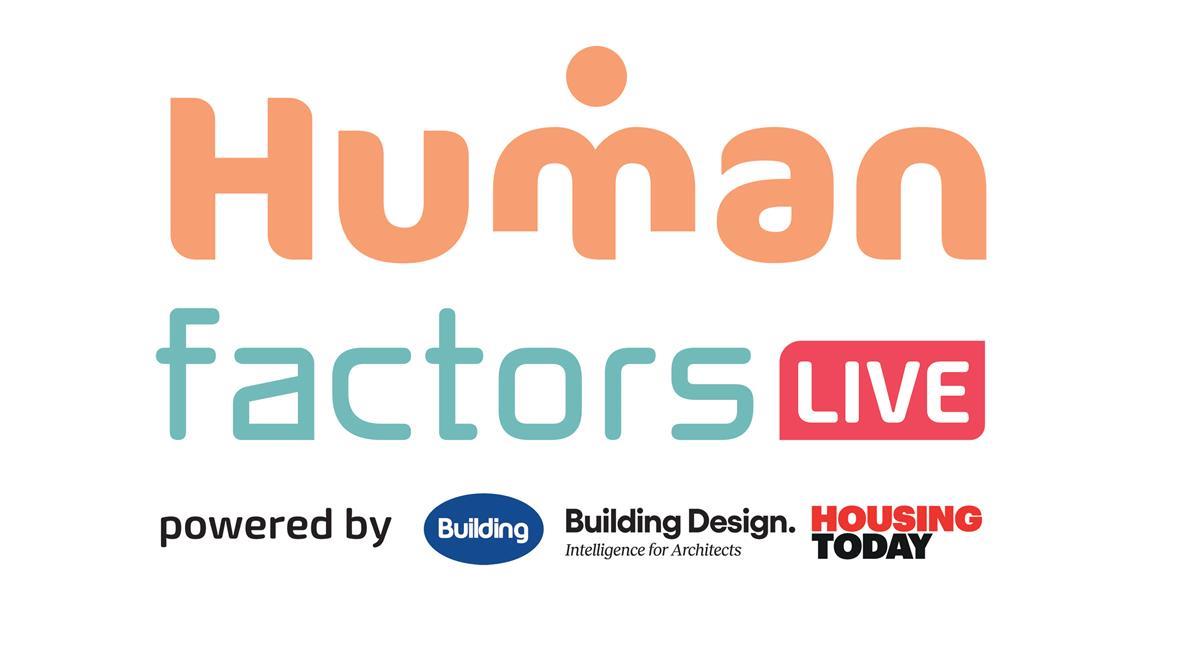David Rudlin explores how a tangle of regulations, rising land costs and policy overload could be holding back the housing the country needs

Last week I attended a fascinating meeting in Northampton that highlighted many of the challenges facing the government in achieving their target of building 1.5 million homes. While everyone in the room was committed to increasing housing supply, it was hard to avoid the conclusion that public policy is far more likely to reduce housebuilding than promote it.
It was the first meeting of the West Northamptonshire Housing Delivery Board that brings together council officers and external experts to explore how to increase the supply of housing, particularly affordable housing.
West Northamptonshire is a unitary council formed in 2021 from the amalgamation of Northampton, South Northamptonshire and Daventry, together with the functions of the former County. Its annual housing requirement has increased 22% to just over 2,500 homes, of which the target is that 650–750 should be affordable.
As part of the meeting, we listed the impediments to achieving these numbers and it was striking how many were policy-based. There is the Future Homes Standard, the Nationally Described Space Standards, accessibility requirements over and above building regulations, the high-risk buildings rules, Biodiversity Net Gain, the building safety levy, education and open space contributions and, of course, the social housing requirement.
That is before we start talking about design codes, car-free development, modern methods of construction, parking standards, etc.
Some of this is national policy and some is local, some is mandatory and some is at the discretion of the planning authority, but it is all good stuff – there is nothing in there that wouldn’t involve dumbing down a scheme if it were removed.
This is the world of policy-makers who are frustrated at the poor quality of new housing and keep putting in place policies to make it better. The problem is that no one is totting up the cumulative impact of all of these requirements and working out the impact on housing delivery and affordable housing.
The housebuilders live in a parallel but different world – their main concern is access to land. Policy-makers can tell them until they are blue in the face they are overpaying, but when ten different companies are bidding for a site, that’s the only way to win.
Then there is the difficulty of getting sites allocated and securing planning permission. You need deep pockets and a high tolerance of risk to find your way through this process.
Having secured a site at a price determined by the market rather than policy, the only way to make a return is to optimise the cost and efficiency of building the homes. To some, this is admirable – the Henry Ford approach to housebuilding – to others it is cost-cutting, banging out a substandard product that only sells because there is nothing else available.
The question is whether we can fix our housing supply by tweaking the broken system that we have inherited, or whether we need to do something more radical?
Planning is therefore fraught with conflict between housebuilders trying to make an honest crust and ‘unreasonable’ planners trying to implement policy that is making schemes unviable (allegedly), given what the developer had to pay for the land.
So, if you are West Northamptonshire, how do you build a bridge between these two worlds? One approach might be to lift the regulatory burden a little by not asking for so much.
This is essentially the government’s approach – tweaking the levers to increase the flow in the pipe. But it begs the question: are we just increasing housing supply by lowering standards?
The meeting discussed other possible approaches. Was it possible, we wondered, to radically reduce the costs and risks associated with securing consented land so that we can spend more on the quality of what we actually build?
What about doing away with outline planning consent? Instead, the planning authority would allocate a site for housing with a design code and an agreement that if you follow the code you have deemed planning consent.
It could save two years on larger sites and millions in costs. Developers would be free to challenge the policy, but to do so they would need to submit an outline planning application and do things the old way. It would be so much easier and cheaper to do the right thing.
What about the council using its CPO powers to acquire land at near existing use value, and then act as master developer either on its own or with partners? Sites could be parcelled up with planning permission, a design code, specified levels of affordable housing, energy efficiency performance, space standards, etc., and then sold to developers at a price reflecting these requirements.
As I wrote in my book Climax City, this is how most British cities were built before the advent of the planning system, with standards being implemented through leasehold agreements or feuing, as it was called in Scotland. There would be no need for S106 because that would all be dealt with via the land price.
These were discussions that were starting to happen in the 2020 planning white paper and may come back into play as part of the discussion over new settlements. The question is whether we can fix our housing supply by tweaking the broken system that we have inherited, or whether we need to do something more radical?
>> Also read: 1.5 million homes and counting: what Jas Bhalla thinks comes next
>> Also read: The land banking myth housebuilders can’t shake
Postscript
David Rudlin is director of Urban Design at BDP and visiting professor at Manchester School of Architecture.
He is a co-author of High Street: How our town centres can bounce back from the retail crisis, published by RIBA Publishing.
















No comments yet